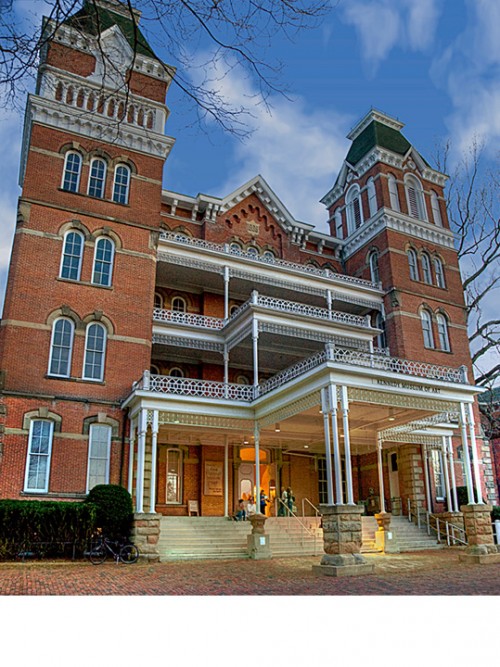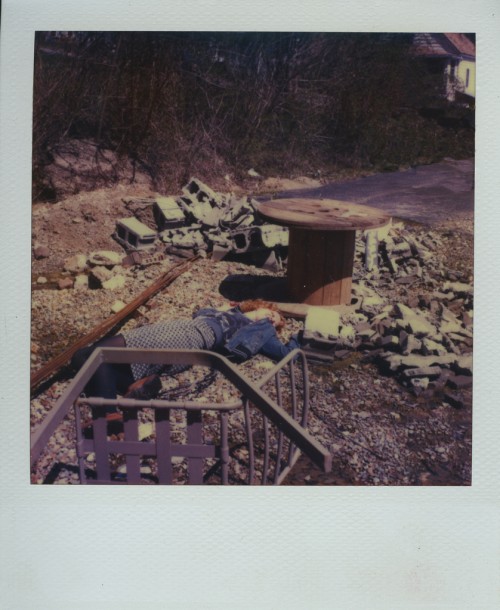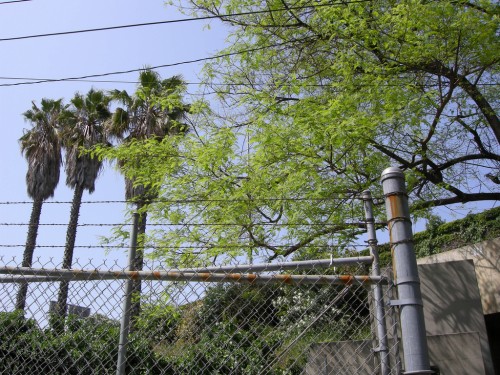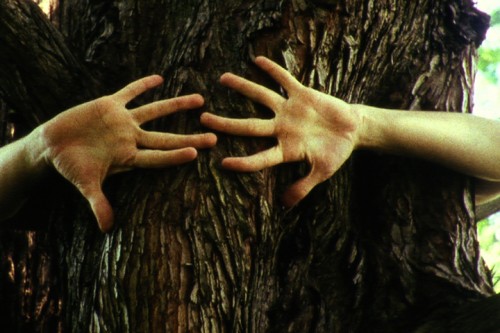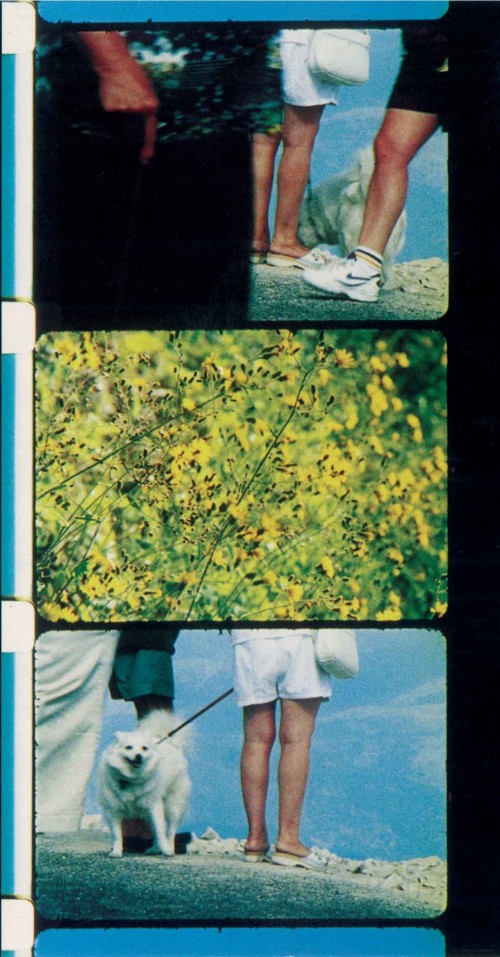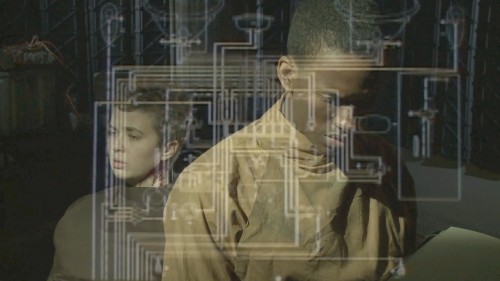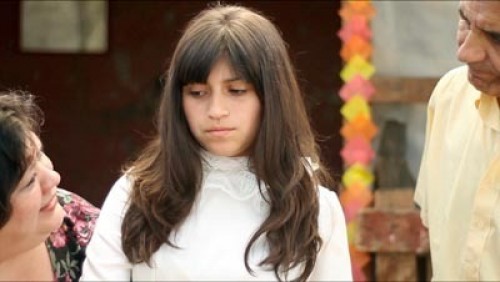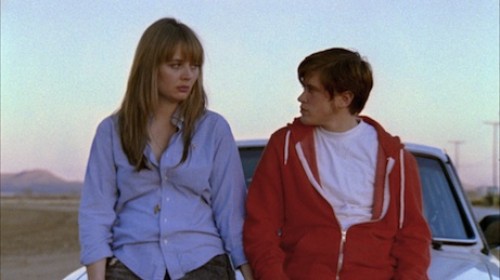*Ed. Note: This week, we introduce a new Looking at Los Angeles columnist while bidding a fond farewell to Lily Simonson, who is leaving in order to focus on her artistic practice. We wish Lily the very best of luck with all of her upcoming endeavors! We’re also pleased to have Danielle McCullough join Catherine Wagley as the new co-contributor to Looking at Los Angeles. Danielle is a visual artist who has exhibited work in Los Angeles, Joshua Tree, Marfa, TX, Seattle, Berlin, Amsterdam and New York. She has written articles for publications that include White Hot Magazine and In These Times. Danielle is also the co-founder and editor of Los Angeles Art Resource, an online forum for the Los Angeles arts community to share job opportunities, calls for entry, studio vacancies and regional grant/fellowship deadlines. Welcome aboard Danielle!
I went to art school in Athens, Ohio—one of the oldest European colonized areas in North America. Athens is an Appalachian college town known for, among other things, its brick roads, spiritualist séance homes, underground railroad haunts, an annual Halloween party attended by thousands, fraternities, utopian hippy isolationists, and a partially-rehabilitated asylum known as “The Ridges.” This 1874 compound was built to resemble a Shaker monastery, and in fact, both the institution and its sprawling grounds were designed by a student of Frederick Law Olmstead—the architect responsible for New York City’s Central Park. In the 1990s, Ohio University acquired the compound and transformed it into The Ohio University Kennedy Museum of Art, assorted offices, university surplus storage, and the graduate art studios.
When I was an art student working there, the floors below my third floor studio remained partially as they were when the building was in operation as a mental hospital. Each level was painted a particular therapeutic color to suit various mental disorders, and stray metal gurneys were cast aside in the empty corridors. The university would stash its surplus rolling chairs and office shelving in some of these rooms, leaving old paper decorations, memos and stale carpet from the hospital era in place. This is where I looted furnishings for my studio, for the barriers to these un-rehabbed hospital floors were easily permeated by students, townsfolk, and ghost hunters. When I lived in Athens, my last residence was also partially condemned—a house with an interior divided in half by paneling over plywood, the back half securely locked and deemed unlivable for anyone but the squirrels. These patched spaces and layers of histories are not in the least bit strange for this part of the country–a place where ancient coal fires burn in closed mines beneath the ground, while on the surface stands a forest made up predominantly of trees lugged in and planted by the WPA in the 1930s.
One of the things that strikes me now is the way that the whole town got behind the Athens International Film and Video Festival, which, as the name implies, features independent films and videos from around the globe. The Athena—Athens’s only movie theater—screens short film programs for free during the day and affordable feature films at night. People drive in from miles around to attend screenings and participate in a huge community event centered on films that are not widely distributed. It was while living in Athens that I first saw films by Bruce Baillie, Pat O’Neill, and recent Calarts graduates Lee Ann Schmitt and Lee Lynch—works that were very personalized portraits of California landscapes.
Some were brief gay walks through California’s intersections of urban and semi-wild spaces, like Baillie’s Castro Street (1966) and All My Life (1966). Others, like O’Neill’s Water and Power (1989) and Schmitt’s The Wash (2005), investigated the histories of land and water use in Southern California employing wildly different visual strategies to approach discussions of political power, civil engineering, urban development and access to natural resources that continue to crop up in the West.
I think about O’Neill’s Water and Power sometimes when I run my little mutt through the bowl of Janice’s Green Valley—a busted reservoir turned grassy park in Kenneth Hahn State Recreation Center, situated in the middle of oil derricks in the Baldwin Hills area of Los Angeles near where I live. Even George Kuchar—a self-described city boy from the Bronx, who is remembered more for the queer, absurdist genre films that he shot with his twin brother Mike—was affected by the urge to document exterior natural phenomena in his “Weather Diaries,” created after he moved to California. I think there was something about these film spaces, where grass breaks through urban fences and water crashes through moneyed plans of civil engineering, which recalled a familiar landscape to me. Living next to crumbling signs of the fossil fuel industry, bathing in contaminated water, and all the while surrounded by luscious greenery—these are experiences I’ve had while living in and walking through both the state of California and Appalachia.
Lately, I’ve been wanting to get a better sense of some of the smaller film and video community projects going on here in Los Angeles. In the last month I’ve gone to numerous screenings hosted by LA Filmforum, a non-profit group founded in 1974, which sponsors screenings of experimental and avant-garde films and videos at venues throughout town. They regularly screen films at the Egyptian Theatre, the Echo Park Film Center, MOCA, and have had several screenings at the Velaslavasay Panorama. It would be dizzying to attend all of the screenings LA Filmforum presents in one month, but I have made an effort to see as many as I can. I caught Mirrored Curtains: The Films & Video of Lori Felker at the Egyptian Theater on October 21, as well as retrospective screenings of David Gatten on October 28 and Rose Lowder’s films on November 3 at the Velaslavasay Panorama.
All three of these sets of films had something to do with nature and history, either somewhere in their content or the screening location. Lori Felker’s 16mm film Mere Mystery (2010) tours through Muir Woods with field recordings of a family outing, signage indicating that these trees were featured in Ripley’s Believe It or Not, vague tour guide references to the woods’ pre-colonial inhabitants, a ride through a skylift, and sequences of choreographed tree groping that are reminiscent of Anna Halprin’s outdoor dance work.
While attending the film screenings at the Panorama—a beautiful, historical building in West Adams—it was admittedly challenging for me to sit through difficult avant garde film programming once I became aware of the garden out back and the panorama display upstairs. The first films I viewed there were part of David Gatten’s The Secret History of the Dividing Line Parts I-IV 1999-2004. These films focused on history, appropriating the text of colonial figure and slave owner William Byrd II—the man who helped to distinguish the dividing line between North Carolina (where Gatten spent his formative years) and Virginia, and whose personal library became the foundation of the Library of Congress.
As text-based works on film, often what appears on screen is similar to the flicker when you’ve turned to a new page in a book but have not quite settled your eyes on it. The effect of Gatten’s cameraless optical printing process was visually attractive in parts, particularly when the text was overprinted and mostly illegible—like a poetic swarm. However the gestalt of the experience was reminiscent of an eReader for me, wherein there is a designed nostalgia for the physical media of the book that is not there. While I admire the manifestation of personal obsessions in film media (Gatten is clearly a bibliophile), I cannot mourn the decline in relevance of Byrd or the impending obsolescence of this legacy of dominion found in his personal diaries and two published texts.
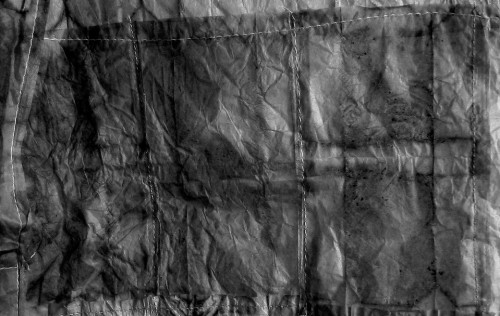
David Gatten. Still From “How To Conduct A Love Affair,” 2007. 16mm film. Photo courtesy of LA Film Forum.
The next LA Filmforum screening I attended at the Panorama was a retrospective of Rose Lowder’s work, which feature in-camera edits, frame-by-frame shooting, and optical printing processes of garden scenes and rural vistas in France where Lowder lives. While Lowder’s films often make strong reference to historical still life painting, as with her Bouquets series (1994-present), or to impressionist light/time studies, as with Tournesols (1982) she intersperses this painting-informed work with playful, timing-centered, rotating perspectives and visual rhythms as in her Coloeurs Mécaniques (1979) an exaggerated, motion picture-based view of a merry-go-round —a perspective that could not be achieved with any other device.
In addition to these LA Filmforum screenings, I attended a screening at another community driven film festival — the second annual Los Angeles Transgender film festival. This festival was founded by the arts collective Trans/giving, with fiscal sponsorship by Gender Justice LA, in order to provide a space for screenings, workshops, and and panel discussions–with the aim of creating opportunities for support of and community engagement with the varied filmmaking endeavors of trans and genderqueer artists. This year’s fest launched on Friday, November 2nd at the Echo Park Film Center with an erotic feature, Cheryl Dunye’s Mommy is Coming (2012), winner of this year’s Good For Her Feminist Porn Award. Day two featured a filmmaking workshop with Transluminary Award winner Silas Howard, director of the buddy-flick caper By Hook or By Crook (2002), and included a short film screening. The festival closed on Sunday at the Workmen’s Circle Cultural Center with an artist/activist panel discussion after the screening of Jules Rosskam’s experimental documentary Against a Transnarrative.
On Saturday, I attended Surrealness, a set of short films presented with help from the Cal Arts School of Film and Video, on day two of the festival at the Renberg Theater at the LA Gay and Lesbian Center. It featured short, narrative film and video work that was either written, directed, produced, and/or performed by trans or genderqueer artists and employed widely varied media formats and project budgets. This screening of shorts had a deliberately anarchic, non-hierarchical quality, which was clearly informed by a disparate, democratic collective that is trying to help their community get involved in filmmaking practices regardless of budget, genre,or even the frequently arbitrary assessment factor of skill. It opened with Britt Dunn’s Trandroids (2011)—a brief, Blade Runner-inspired narrative centered on non-binary, gender outlaw humanoids and their pursuit of gender identity programming freedom.
The screening also included two short Spanish-language films. One of these was La Santa, a Chilean film directed by Mauricio López Fernández (2012), which tells a story from the point of view of an intersexed character whose father has enrolled them to play the part of The Blessed Virgin in a town ceremony, in the hopes that the saint will “fix” his child.
There were two romantic comedies as well. First, the TG Film Fest Juror Award winning film The Thing (2011) by Los Angeles based artist Rhys Ernst. The Thing features a bickering couple Zooey and Tristan, a woman and a transgender man, who are traveling with their reluctant Maine Coon cat to visit a desert roadside attraction while comical relationship disappointment ensues.
There were also two action adventure shorts recalling silent film, but with widely differing subject matter and production methods, which added to the program’s mix. One of these, Broch Bender & Oscar McNary’s Robin Hood is So Gay! (2010) takes viewers on a campy, low-budget video romp with title cards through the Robin Hood story, which is staged in a the park by a troupe of gender variant actors. The characters revolt against the Sheriff of Nottingham’s homophobic policies through proud displays of skipping romance and a dance-off. Lastly, a stop-motion animation short called Make a Mate (2009), directed by Jennifer Jordan Day, rounded out the larger program with a queer fantasy, taking plot cues from Sci-fi films like Bride of Frankenstein and enacted with characters constructed out of craft materials.
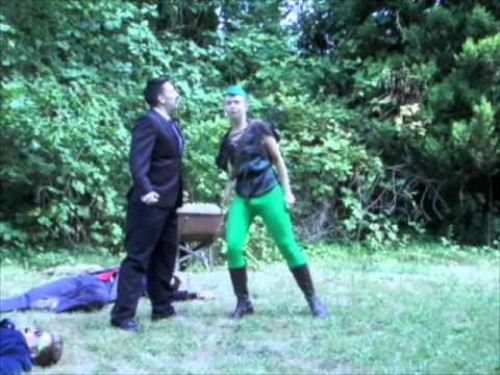
Broch Bender and Oscar McNary. Still from “Robin Hood Is So Gay!” 2010. Digital Video. Courtesy LA Transgender Film Festival.
The lively, anarchist organizational tactics I observed in this festival screening are something that I have come to appreciate in artist-operated programming throughout the country and especially in Los Angeles, which has so many artist-run spaces—as well as transient projects—contributing to the community conscience. Although this conscience is often obscured by the veneer of cultural capital and commercialism, it’s still there, humming beneath the surface.

